The Italy tourists get to see isn’t the whole story. Naturally, the Colosseum is impressive, and the canals of Venice are enchanting, but there’s a different Italy beyond these postcard landscapes—one where traditions are centuries deep and unbroken, meals are savored, and people still maintain profound ties to the ground beneath their feet.
Nowhere does this authentic element of Italian life reveal itself more starkly than in the daily lives of Tuscan wine-producing families. Below is a list of 20 experiences that encapsulate the spirit of authentic Italian living from the perspective of a Tuscan winemaker’s everyday life.
The Dawn Vineyard Walk

Tuscan winemakers start before sunrise – walking vineyard rows as first light breaks across the ancient hills. It’s not merely inspection but communion with their vines, where they read subtle leaf colorations and soil conditions like most people scan morning news.
You can join this magical ritual at family estates like Castello di Ama or Poggio al Sole – places where owners themselves still lead these walks because no hired hand could know these vines as intimately. The golden morning light transforms not just the landscape but your understanding of viticulture’s deep connection to place.
The Essential Espresso Ritual

No proper workday begins without coffee – typically consumed standing at the local bar alongside neighbors exchanging news that won’t make any official forecast. A winemaker’s morning means rich espresso in those tiny cups, maybe with a simple cornetto while chatting about whether those clouds might bring afternoon showers over the western parcels.
Join this daily gathering at any village bar around 7 AM – you’ll witness social foundations that support agricultural communities more authentically than any guided tour could provide. In tiny towns like Radda or Castellina, these morning coffee clusters tell more about local culture than museums ever could.
Like Travel Pug’s content? Follow us on MSN.
Hands in the Soil
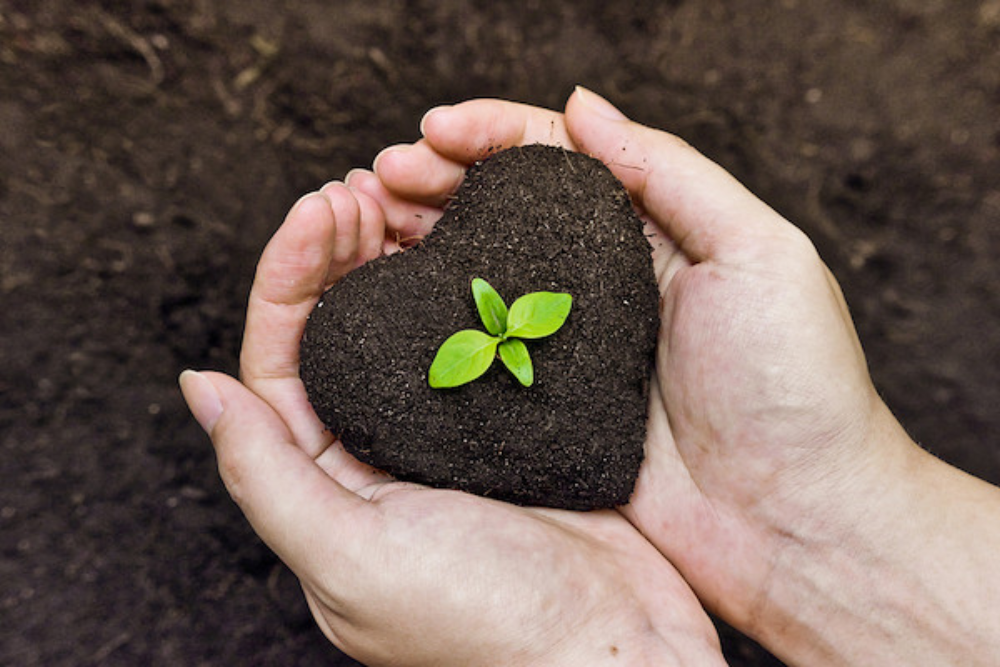
Understanding wine means understanding dirt – not metaphorically but literally. Tuscan winemakers regularly crouch to grab handfuls of earth – feeling moisture levels, checking microbial activity, and crushing it between fingers to assess the structure.
Several estates welcome visitors to join their agronomists for these soil assessment walks – places like Querciabella and Fontodi, where they’ll show you how geological differences across mere yards dramatically impact what ends up in your glass. Learning to read soil this way transforms your next wine tasting completely.
The Vineyard Team Meeting
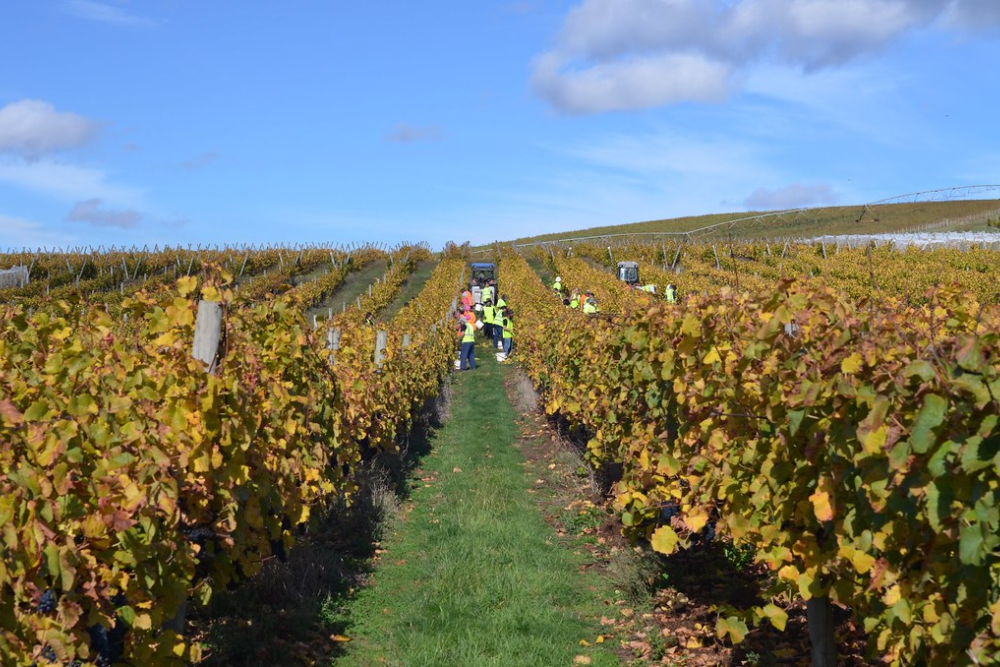
Important cultivation decisions rarely happen in isolation – instead, morning meetings between family members and longtime workers involve passionate debates about pruning approaches or harvest timing. Centuries of local knowledge clash and blend with modern understanding in these discussions.
Some estates like Fèlsina or Castello di Volpaia let visitors sit in on actual operational meetings – providing remarkable insight into how traditional wisdom merges with contemporary science. The arguments about whether to prune this week or next might seem minor until you realize how these tiny decisions completely shape what you’ll eventually drink.
The Family Breakfast Table
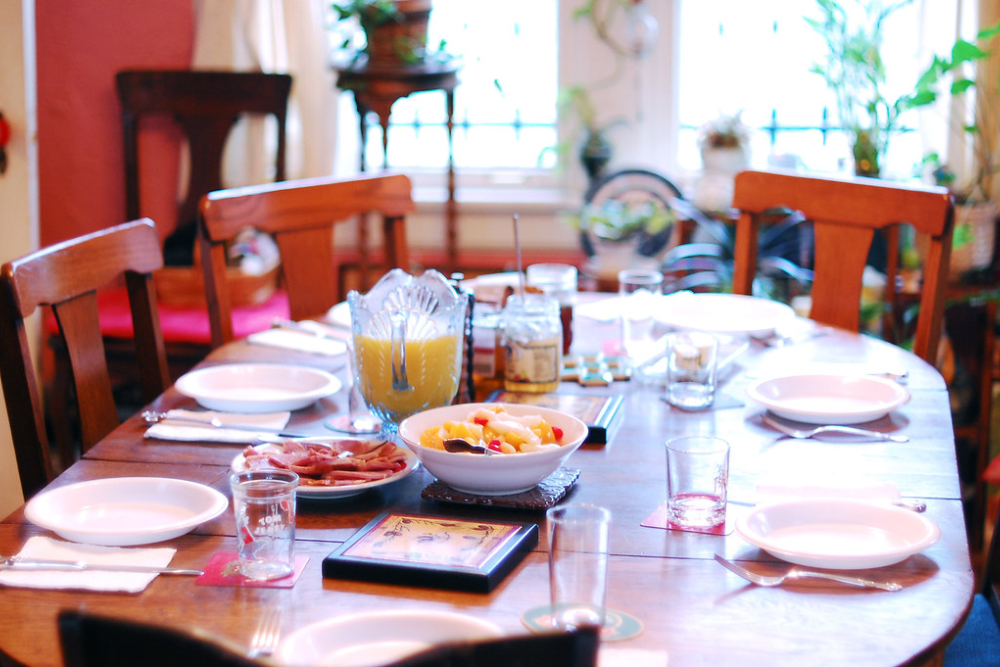
Mid-morning brings substantial farm breakfast – multiple generations gathering to refuel after early work with house-cured prosciutto, fresh eggs, garden vegetables, and yesterday’s bread grilled with new-season olive oil. Several agriturismi like Podere Campriano and La Panzanella invite guests to these family meals – where conversations weave personal matters with agricultural planning seamlessly.
You’ll notice how completely intertwined family life and production remain in authentic Tuscan households – children participating in discussions about when to bottle next year’s vintage even as they’re reminded to finish their eggs.
Like Travel Pug’s content? Follow us on MSN.
Vine-by-Vine Attention
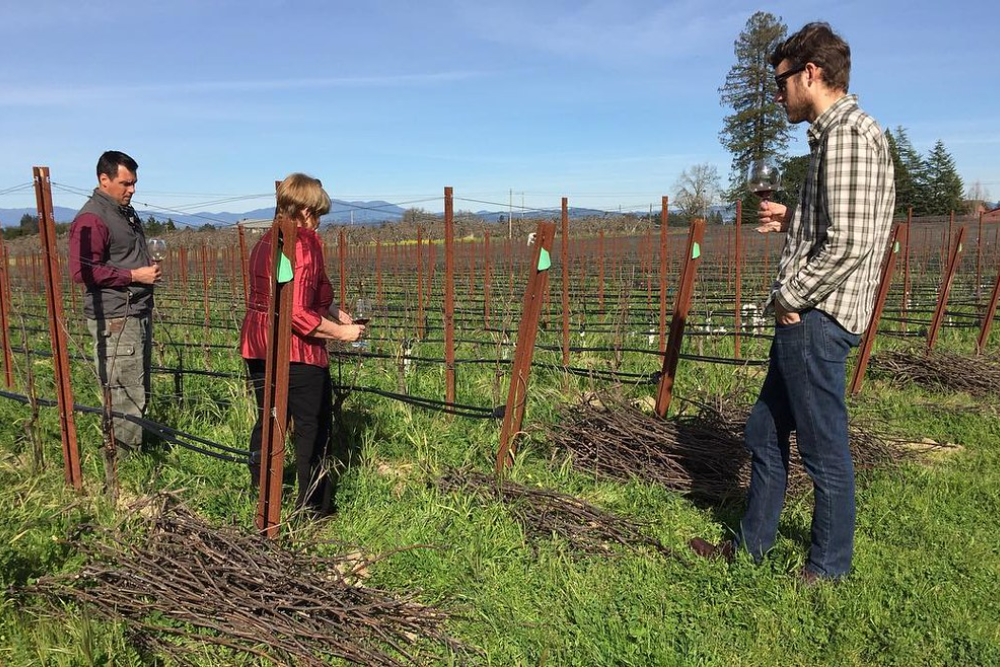
Quality-focused winemakers practice meticulous vineyard management – literally checking individual vines for stress signs, disease pressure, or ripening inconsistencies. This vine-by-vine approach explains why the finest estates produce such consistent wines despite Tuscany’s variable weather patterns.
Properties like Montevertine and Caparsa offer specialized tours where visitors help with actual maintenance tasks – things like leaf management or cluster thinning that might seem tedious yet prove strangely satisfying. Participating in these precise vineyard practices teaches more about viticulture than reading wine books ever could.
The Cellar Inspection

Late mornings typically include barrel monitoring – winemakers moving methodically from cask to cask, extracting samples, and making detailed notes on development. The calm, focused atmosphere of cellar work contrasts sharply with vineyard activity, though it requires equally specialized knowledge.
Smaller producers sometimes allow visitors to shadow these technical tastings – places like Monte Bernardi and Podere Le Boncie, where they’ll explain how each barrel creates its microenvironment for aging wine. Watching professionals evaluate developing wines transforms how you’ll think about aging potential forever afterward.
The Extended Lunch Tradition

Despite romantic notions about winemaking, it’s physically demanding work requiring substantial refueling. Producer lunches aren’t quick bites but proper family meals – typically pasta followed by protein and vegetables, accompanied by last year’s wine, ending with seasonal fruit.
These communal tables serve as essential knowledge-sharing spaces between generations. Estates like Badia a Coltibuono and Castello di Brolio occasionally include visitors in these staff lunches – offering extraordinary insight into how food traditions support agricultural communities through daily shared meals that strengthen bonds while nourishing bodies.
Like Travel Pug’s content? Follow us on MSN.
The Essential Riposo
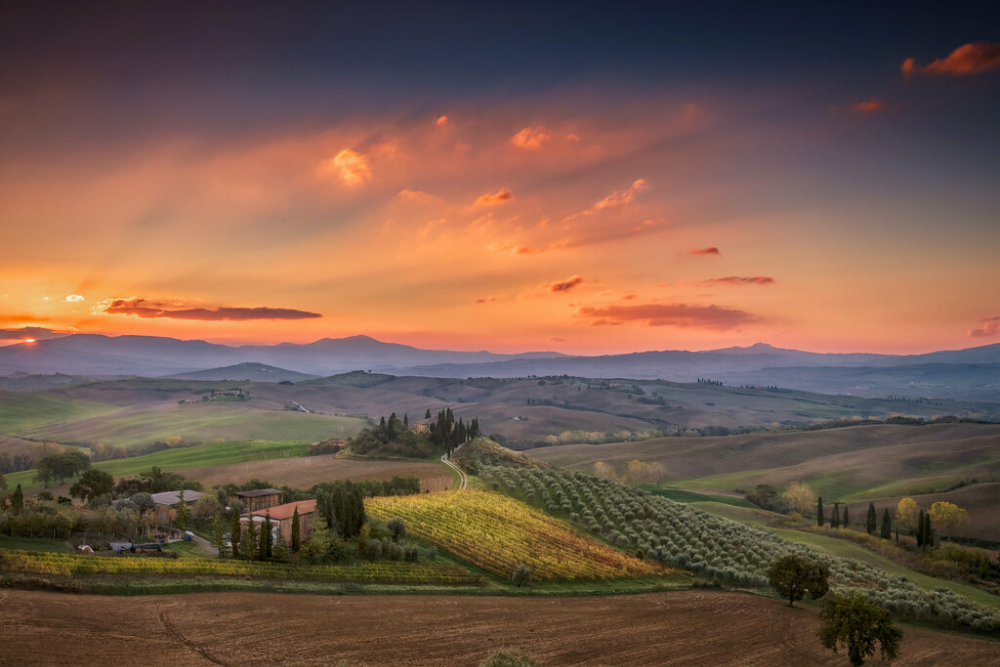
The afternoon rest period isn’t laziness but an agricultural necessity in Tuscany’s climate – allowing workers to avoid dangerous peak heat while conserving energy for evening work. This cultural institution typically involves actual rest rather than continued indoor productivity – with shuttered windows and quieted households throughout the countryside.
Agriturismi like Poggio Alloro and Selvapiana maintain this rhythm, encouraging guests to experience the profound afternoon quiet settling over the landscape. There’s something deeply instructive about embracing this pause – a lesson about sustainable work patterns and seasonal adaptation fundamental to agricultural societies.
The Afternoon Vineyard Session
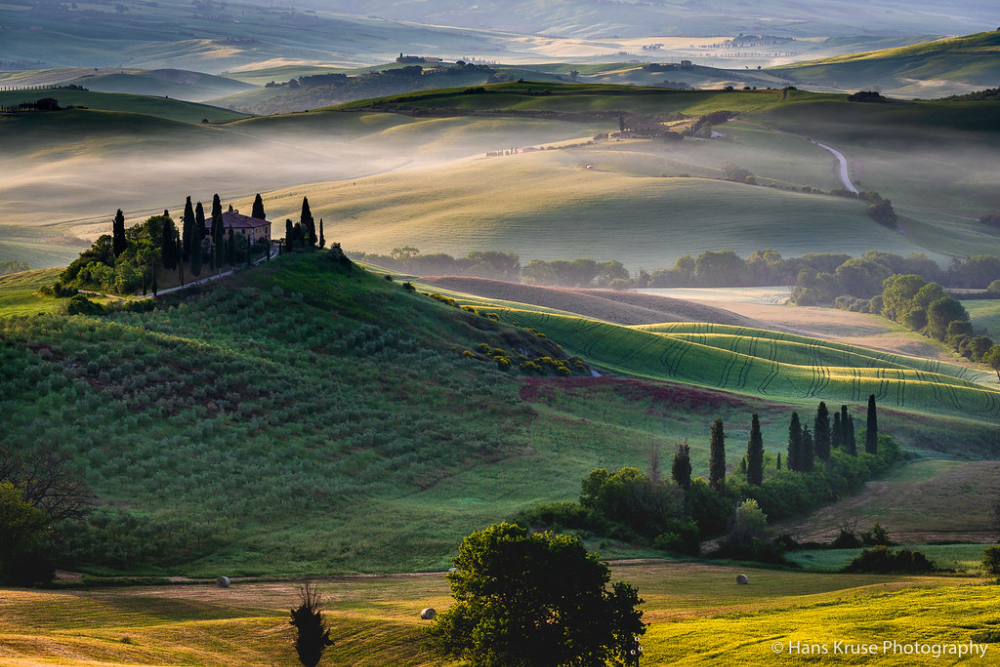
As temperatures moderate, vineyard work resumes with a different focus—often tackling longer-term projects rather than daily maintenance. Tasks like trellis repair, soil amendments, or equipment preparation happen during these hours.
Estates like Isole e Olena and San Giusto a Rentennano sometimes welcome visitors to participate in these practical projects, providing insight into the unglamorous infrastructure supporting quality winemaking. Working alongside vineyard crews during these sessions reveals wine’s foundation in practical farming concerns rather than mystique or marketing.
The Supplier Relationships

Winemaking remains embedded in community economic networks, with regular visits from barrel coopers, equipment technicians, and agricultural suppliers creating vital knowledge exchange. These relationships often span generations, with suppliers working with the same wine families for decades.
Some estates like Fattoria di Fèlsina and Villa di Geggiano allow visitors to observe these professional interactions, revealing how widespread community expertise supports individual producers. The conversations between a cooper and winemaker about toast levels for next year’s barrels contain centuries of shared wisdom transmitted through seemingly casual shop talk.
Like Travel Pug’s content? Follow us on MSN.
The Export Business Reality
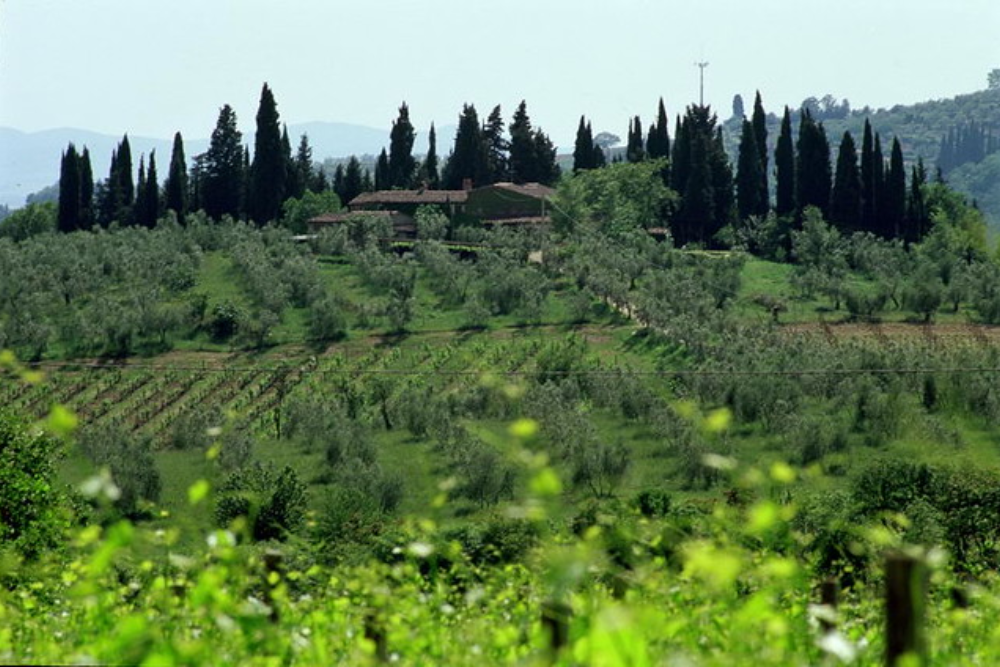
Modern Tuscan winemakers balance traditional production with contemporary business demands, spending significant time on international market development. Afternoons often include video calls with distributors, export paperwork, and marketing decisions that would surprise romantic purists.
Forward-thinking producers like Monteraponi and Val delle Corti sometimes include visitors in their business operations, demonstrating how even the most traditional estates must navigate global markets to survive. Watching these small family businesses manage international relationships provides perspective on the entrepreneurial skill required alongside agricultural knowledge.
The Technical Tasting Panel
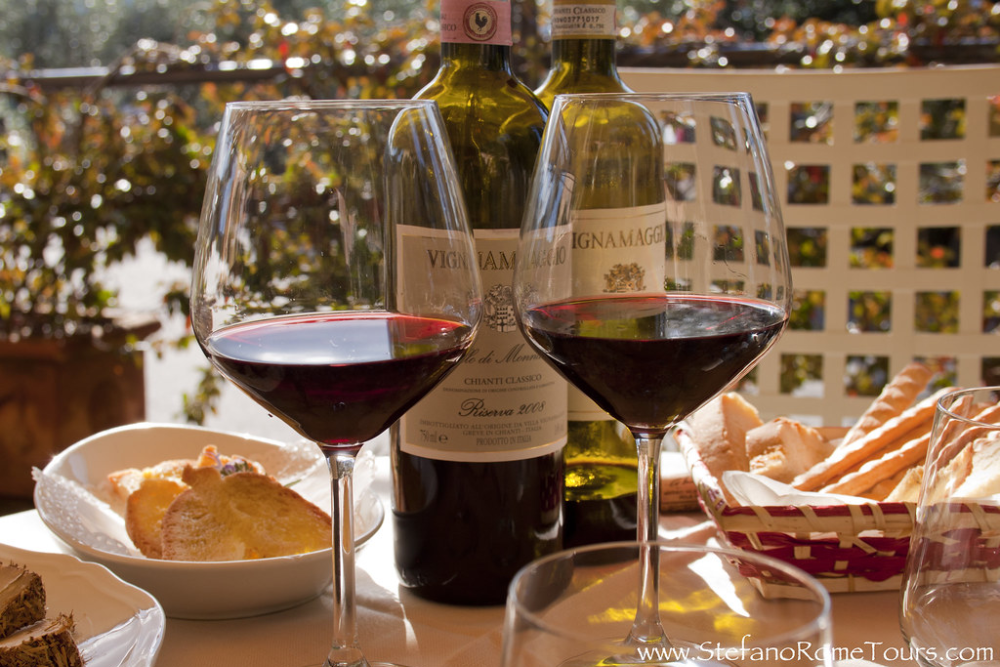
Quality assessment happens continuously in serious wineries, with formal tasting panels regularly convening to evaluate wines under development. These sessions involve systematic analysis rather than casual enjoyment—participants evaluate structural elements, aging potential, and typicity with analytical precision.
Some producers occasionally invite visitors with wine backgrounds to join these technical tastings. At estates like Lisini and Il Paradiso di Manfredi, you’ll learn how professionals actually evaluate wine quality beyond consumer preferences, using specialized vocabulary that transforms subjective impressions into actionable production decisions.
The Family Decision Process
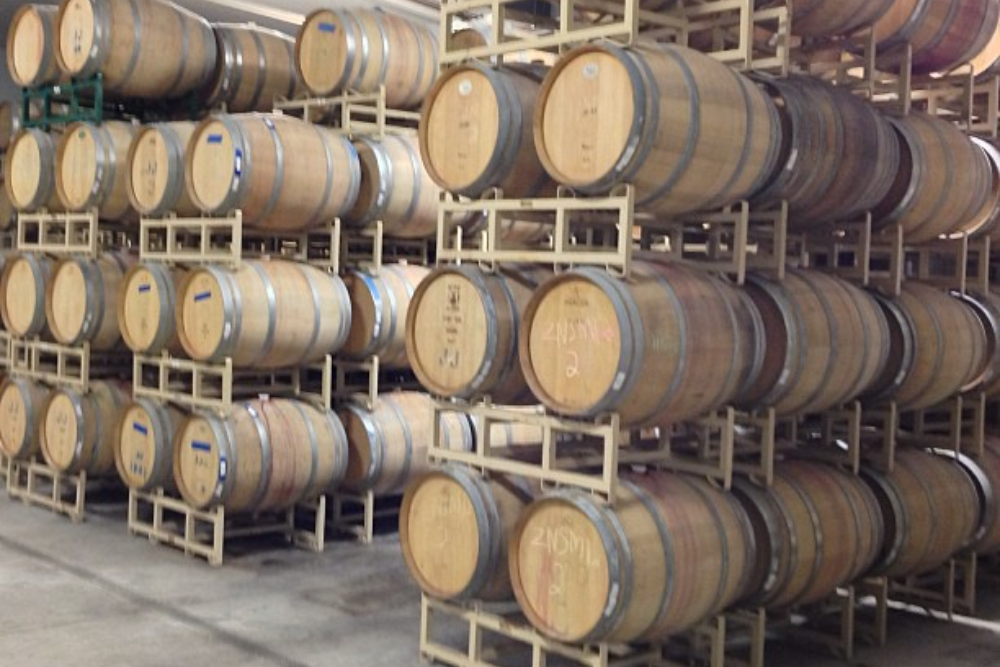
Major winemaking choices typically involve extensive family consultation, with different generations bringing complementary perspectives to questions of style, innovation, and tradition. These conversations might appear heated to outsiders but represent essential tension between preservation and progress that drives quality forward.
Family estates like Salcheto and Podere Le Ripi sometimes include trusted visitors in these discussion sessions, offering remarkable insight into how winemaking families balance commercial needs with multigenerational legacy concerns. The negotiations between a tradition-minded grandfather and an innovation-focused daughter reveal more about Italian culture than any guidebook.
Like Travel Pug’s content? Follow us on MSN.
The Neighbor Exchange
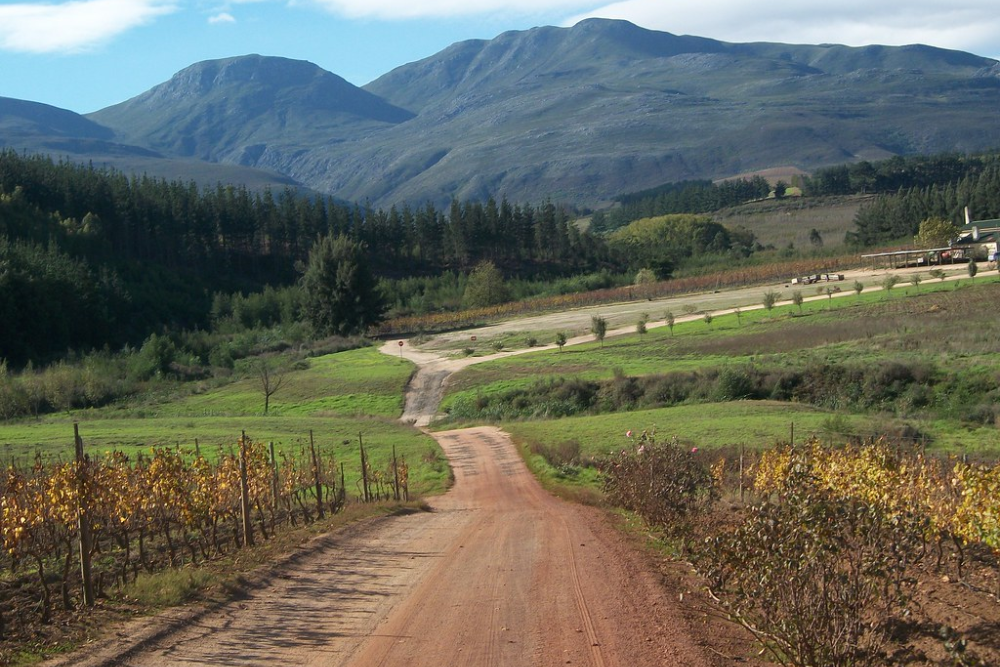
Adjacent vineyard owners communicate regularly about shared challenges, often meeting at property boundaries to discuss pest pressures, weather impacts, or labor availability. This informal information network serves as a critical risk management system that predates modern technology but continues alongside it.
In less-touristed villages like Ambra or Montenero d’Orcia, visitors can witness these neighbor interactions at local gathering spots, providing insight into how competitive producers nevertheless maintain collaborative relationships when facing common agricultural threats. The seemingly casual conversation about wild boar damage actually represents sophisticated community problem-solving.
The Evening Equipment Maintenance
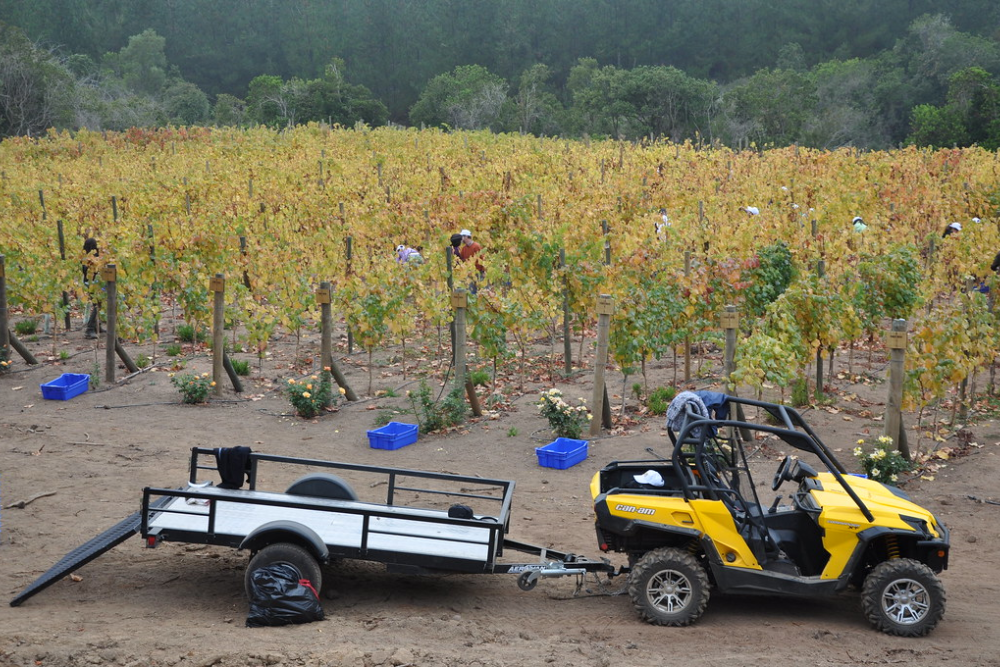
Access to quality machinery represents a significant investment for wineries, requiring careful maintenance protocols often handled during evening hours. This might involve cleaning equipment, performing routine maintenance, or preparing for the next day’s operations with methodical attention to detail.
Mechanically inclined visitors can sometimes join these practical sessions at estates like Le Cinciole or Podere Capaccia, learning how proper equipment care directly impacts wine quality. The meticulous cleaning of press membranes or sorting table belts demonstrates how technical knowledge supports fine wine production beyond the more glamorous aspects of the profession.
The Sunset Verification Round
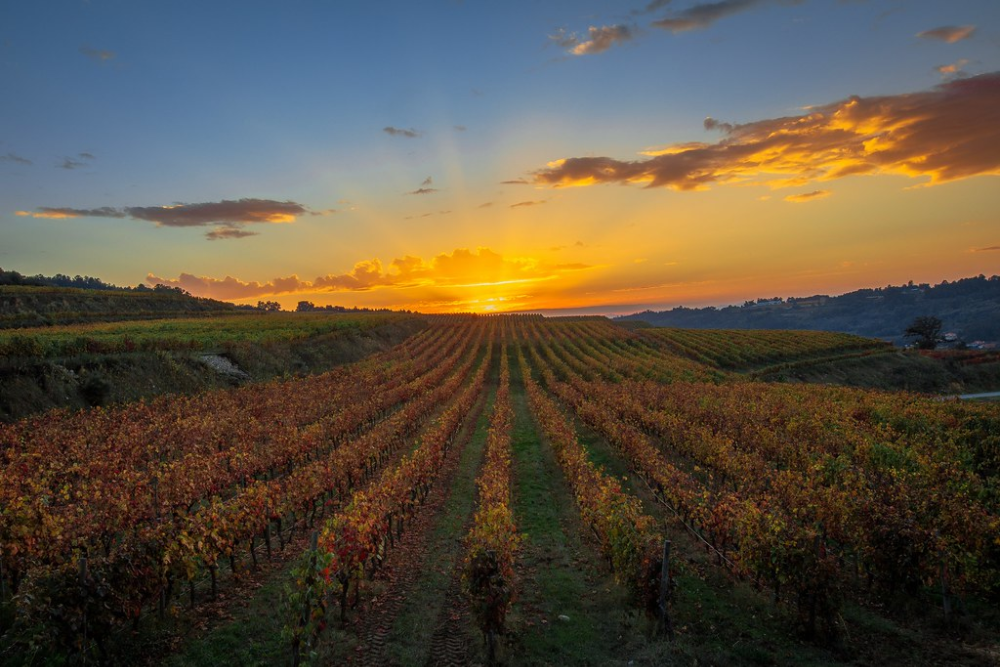
As daylight fades, many winemakers perform a final vineyard inspection—verifying the day’s work completion and assessing whether overnight weather might require intervention. This meditative walk often represents their most peaceful connection with the land they steward.
Properties like Tenuta di Carleone and Riecine sometimes invite visitors to join these evening rounds, experiencing the vineyard during golden hour when birds actively feed and day transitions to night. The quiet observation skills demonstrated during these walks reveal how attentive presence forms the foundation of quality agricultural decision-making.
Like Travel Pug’s content? Follow us on MSN.
The Multi-Generational Dinner Table
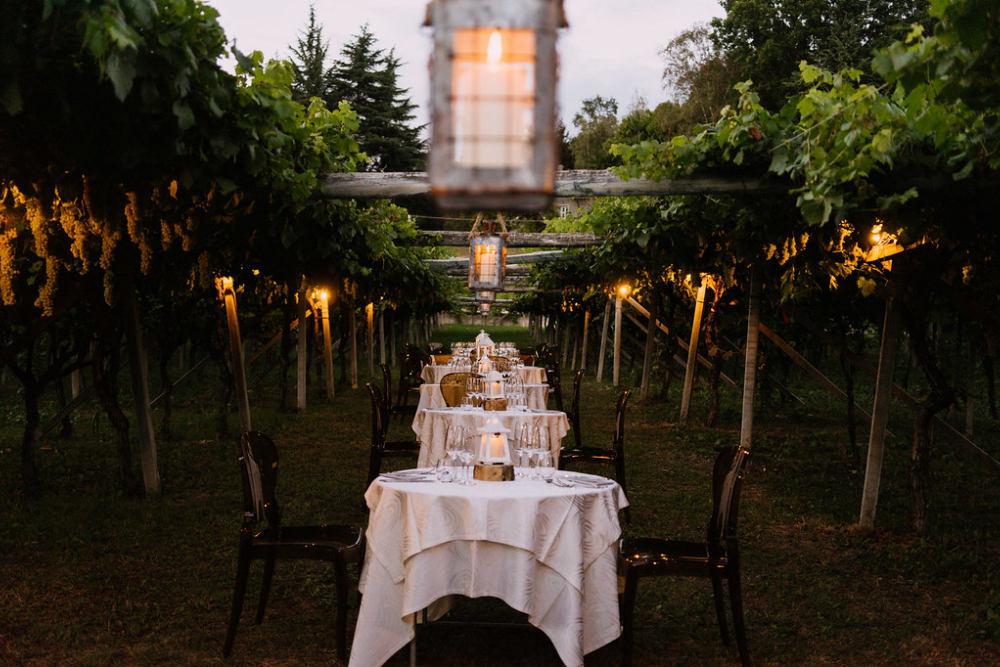
Evening meals in winemaking households remain proper family affairs where three or even four generations gather to share food and wine, and conversation lasting hours rather than minutes. These tables represent essential knowledge transfer opportunities while reinforcing family bonds that sustain agricultural enterprises through difficult seasons.
Agriturismi like Poggio al Sole and Fattoria Poggio Alloro occasionally welcome guests to join authentic family dinners, providing extraordinary insight into domestic traditions that remain intact despite modernization elsewhere. The natural hospitality displayed around these tables reveals core values driving Italian culture beyond stereotypes.
The Production Planning Session
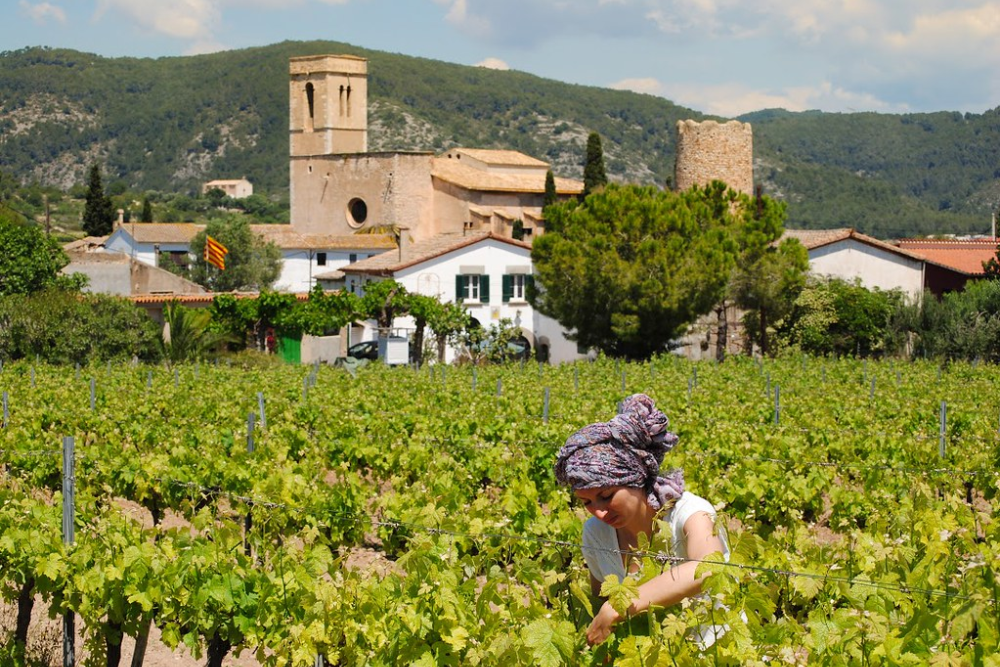
Evening hours often involve planning upcoming operations, with decision-makers reviewing weather forecasts, labor availability, and equipment needs for coming days or weeks. These practical conversations reveal the intricate orchestration behind agricultural timing decisions that appear intuitive but actually involve a complex risk assessment.
Smaller producers like Podere Le Boncie and Monte Bernardi sometimes include interested visitors in these planning discussions, providing remarkable education on how multiple factors influence vineyard management throughout growing seasons. The contingency planning for possible rain during harvest demonstrates sophisticated risk management rarely visible to wine consumers.
The Generational Knowledge Transfer
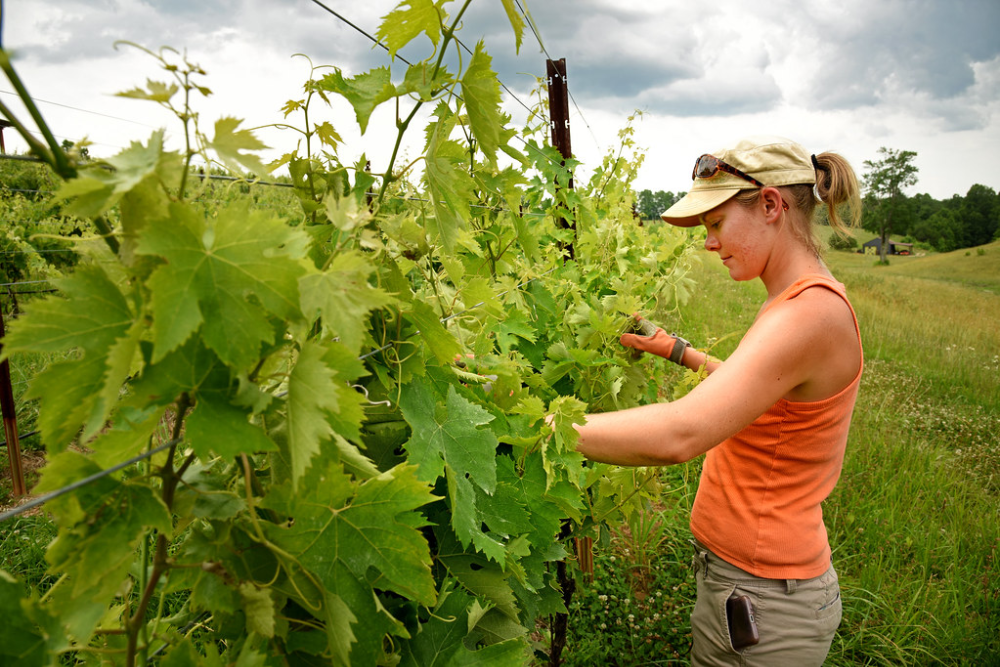
Perhaps most precious among Tuscan traditions are intentional moments where older generations demonstrate specific techniques to younger family members, ensuring continuity of knowledge that textbooks cannot capture. These interactions involve barrel selection, blending decisions, or vineyard management approaches passed down through decades of experience.
Estates maintaining these practices, like Montevertine and Castello di Volpaia, occasionally allow visitors to witness these teaching moments, providing profound insight into how agricultural wisdom persists across generations despite rapid technological change elsewhere. The grandfather showing his granddaughter how to read vine stress signals embodies cultural continuity more powerfully than any museum exhibit.
Like Travel Pug’s content? Follow us on MSN.
Finding Authentic Italy
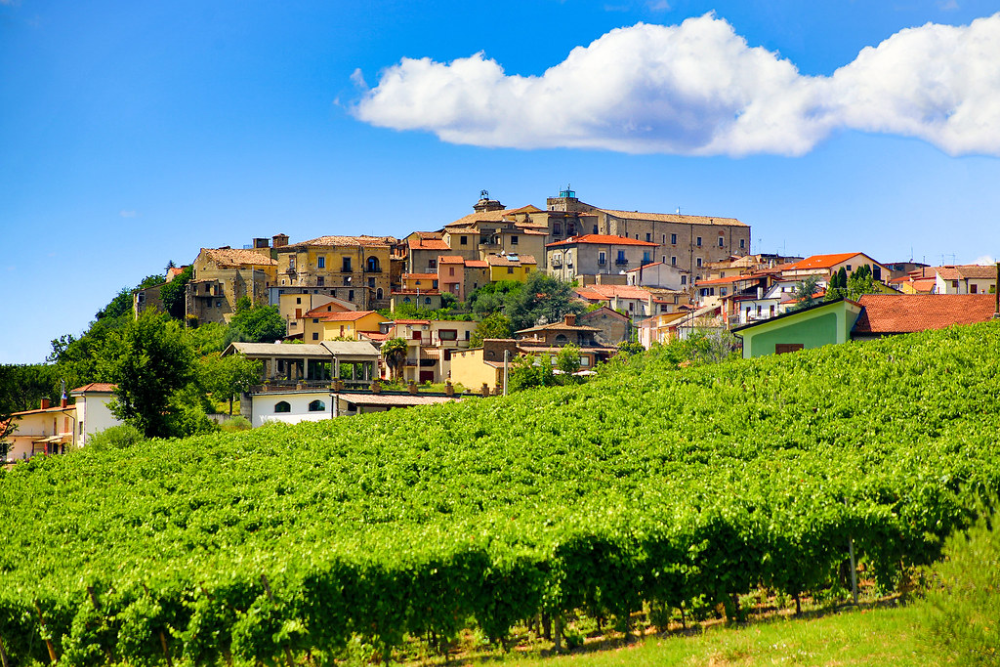
True Italy exists in the day-to-day routines of farming communities, where food, family, and the provision of making do are inextricably wedded together with century-old-honed skills. Even monuments surely deserve it, but travelers less enamored with really living in Italian life may have more accessible options in watching from the vintner’s dinner table, walking through the vineyards, or seeing the hushed intent of cellar labors.
These are still available to travelers who are willing to venture off beaten tourist paths with a genuine interest in agricultural customs and not merely consumption. In the mundane moments of Tuscany’s working landscapes, Italy’s authentic soul is richest and revealed to those who are willing to wait and discover it.
More from Travel Pug

- 20 Destinations That Were Once Thriving but Are Now Quietly Disappearing
- 15 Hidden Spots in Disney World’s Magic Kingdom Most Visitors Miss
- 20 Once-Popular Beach Towns That Are Now Ghostly Empty
- 20 Beautiful US Lakefront Towns Where You Can Live for Under $2000 a Month
- 20 Caribbean Islands That Are Safer Than People Think
Like Travel Pug’s content? Follow us on MSN.
